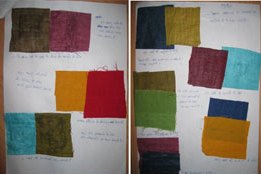
Crafts, Handlooms, Art, Education/Learning
Handicrafts in Indian Schools: The quest for purpose and relevance
Chatterjee, Ashoke
Issue 08,Summer 2021
Issue #008, 2021 ISSN: 2581- 9410
Seventy-five years of freedom is an appropriate milestone for reflection on the state of artisans in India, and what has been achieved as well as what remains to be done to ensure a future for their wisdom and skills. Securing crafts within formal systems of education can be one important means. It was advocated during the movement for freedom and accepted as policy once Independence was achieved. Yet implementation has been inconsistent, as has been understanding. Well before the Covid, the sector found itself mired in a crisis of misunderstanding and neglect. Grappling with the devastating impact of the pandemic, artisans and their well-wishers have been trying to innovate ways to help restore, to whatever extent possible, livelihoods and markets lost over these difficult months. The need has never been greater to generate awareness of what makes artisans and their crafts vital to national wellbeing. Their future depends on new generations, and education is the only path to bringing artisans and their crafts into the consciousness of young Indians. Absorbing the value of their craft heritage and understanding what it will take for that heritage to endure may be the only insurance towards a sustainable future for millions of artisans. To achieve this, notions of craft education in schools may need to strengthen the pedagogical approaches of the past while also going beyond those to position artisans and their crafts firmly within the ...
This is a preview. To access all the essays on the Global InCH Journal a modest subscription cost is being levied to cover costs of hosting, editing, peer reviewing etc. To subscribe, Click Here.



